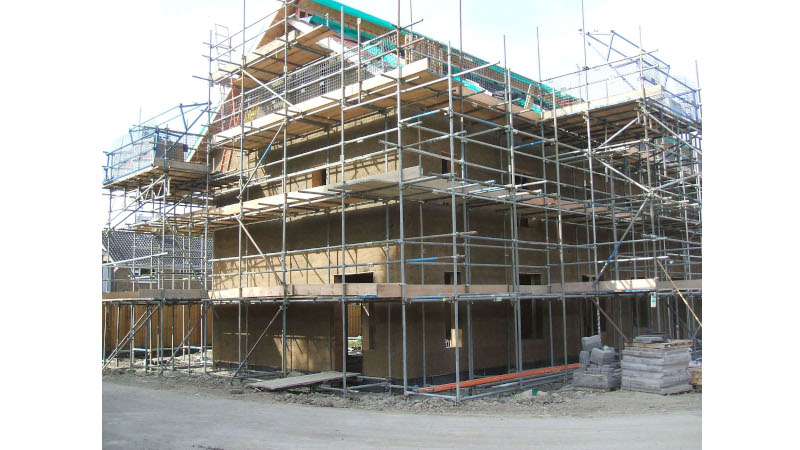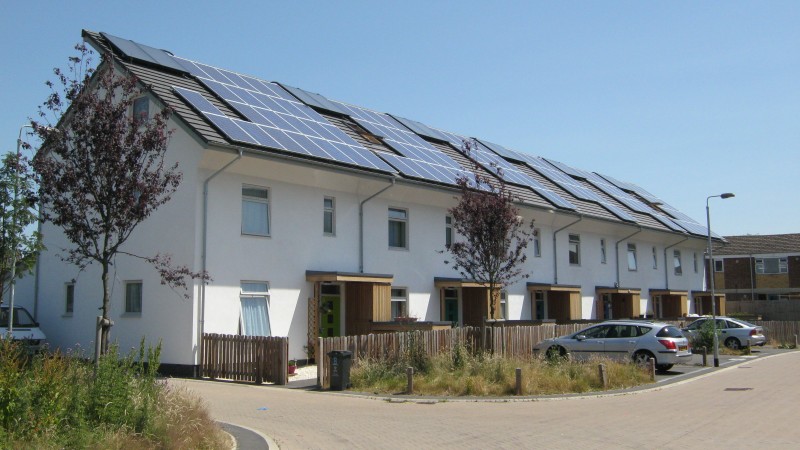To identify any deviation from the design intent and map the initial occupants’ reactions, the BPE study was organised in two key stages covering the design and construction phase as well as the post-construction and early occupancy phase of the new homes.
- During the design phase, a detailed design and construction audit took place including a SAP calculation review, drawings and specifications review, semi-structured interviews with the design team, walkthroughs with the client and developer, observation and review of control interfaces.
- The post-construction and early occupation phase consisted of a whole house fabric test (co-heating, air-permeability, In-situ U-value, thermographic survey), a review of the commissioning processes, observation of the handover process and occupancy evaluation using BUS questionnaires, walkthroughs and interviews with the occupants.




